428: Shibuya Scramble was developed by Spike Chunsoft and originally came out for the Nintendo Wii in 2009. It was the ninth game ever to receive a 40/40 from the Japanese magazine Famitsu. Even moreso, it’s the only visual novel to ever receive a perfect score from the publisher. It was heralded as a masterpiece but never saw a western release. That is, until now. The game is a visual novel with a unique twist: it uses real actors (who actually acted out the scenes) and tells the story of five characters concurrently and how their lives intersect in a span of 10 hours. The gameplay is not only unique and innovative, but the narrative is one of the best stories ever told in gaming history. That’s not because the story itself is the greatest, but because the execution is flawless. The West finally has a chance to experience this classic, but the main question remains is whether or not it translates well to a western audience. Thanks to Spike Chunsoft’s excellent localization of the title, the answer is an astounding yes.
Narrative/Gameplay/Characters

428: Shibuya Scramble is the perfect example of how cause and effect works. First I have to say, thank God for the time chart, as complicated as it may seem. It’s very well organized and allows the player to follow this seemingly non-linear story which ultimately converges. In my English Composition 1101 class, we watched the film Donnie Darko to study cause and effect and write a paper on it. It was my favorite assignment in college and, the concept in 428 is the same. If I were a teacher I would have my students play 428 in order to understand how cause and effect works. The smallest action, the most miniscule choice, can change an entire chain of events. 428 has a total of approximately 80 endings, most of them bad endings. A choice you make in one character’s scenario can cause a “bad end” for another character, so the key is making all the correct choices to unlock the endings in each hour for all the characters (a total of 10 hours, with the last two hours being combined.) You take on the role of five characters who are initially completely disconnected from each other, but whose lives intersect in the 10 hours in which the game takes place.

While playing through 428, part of the enjoyment I felt from it was figuring out how one event triggers another depending on the choices I made, in a different character’s scenario! 428 also has a very unique “Jump” mechanic where you have to jump from one character to another, as their scenarios in these cases intersect in some way, shape, or form, but it’s not as simple as it sounds. These are highlighted in red and you have to select them to trigger them and then jump to unlock a previously locked section of another character’s story.
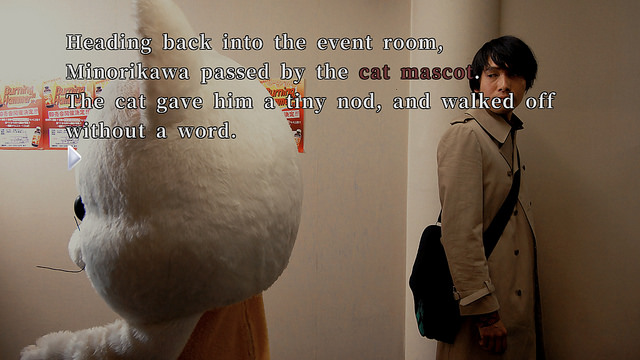
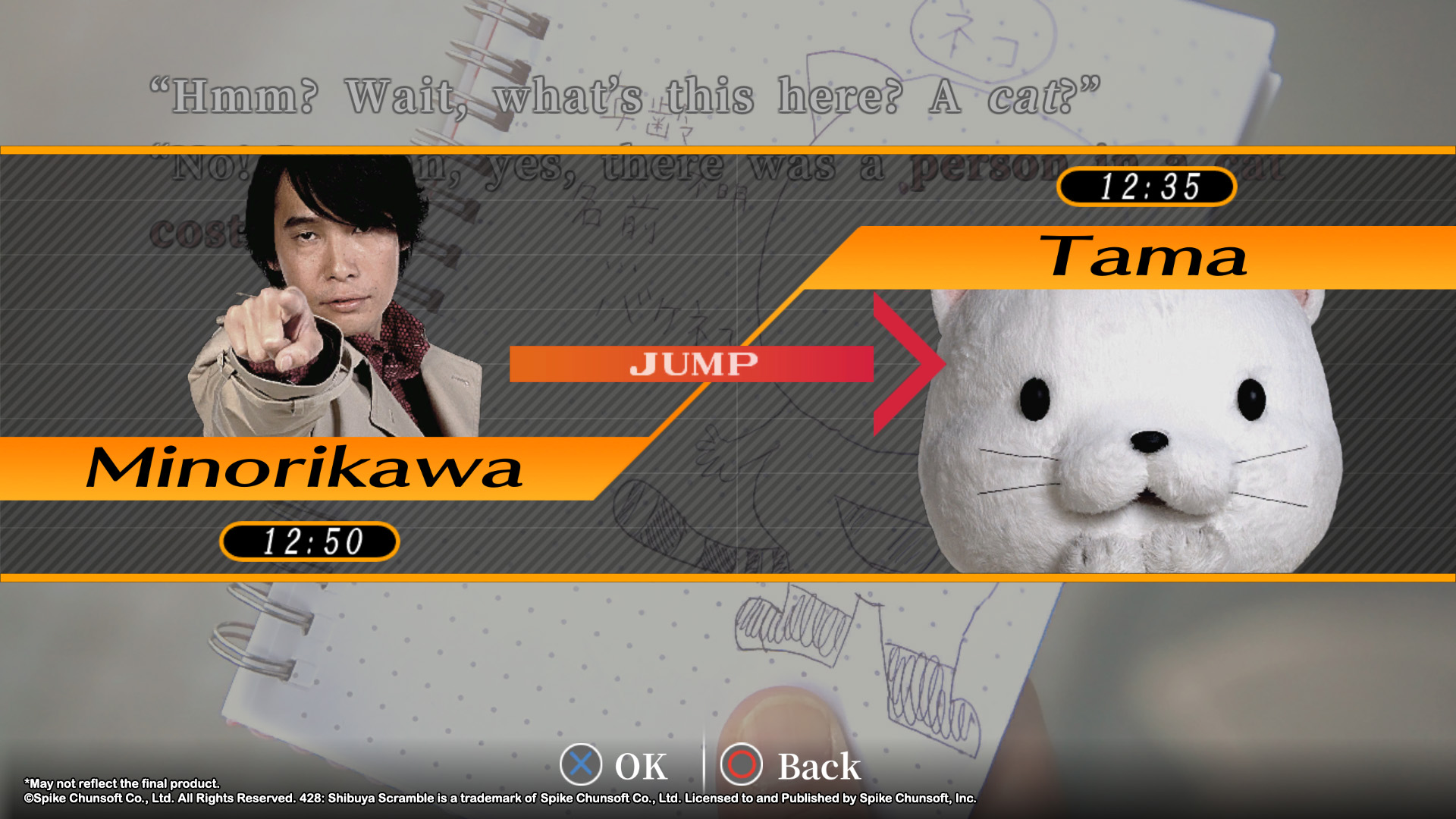
The jumps are hidden though. You have to make the correct choices, and sometimes they are even hidden within a tip (there are tips throughout the game that inform you about Shibuya, Japan, and other various topics). Some jumps took me well over an hour to find, but when you do find it, again, it is so rewarding. This mechanic is what sets 428 Shibuya Scramble apart from any other visual novel. The whole game is a puzzle and logic game masquerading as a simple visual novel, which is why it’s so incredible. 428 is one of the most rewarding games I’ve ever played, and playing it without a guide was quite difficult I admit. But so satisfactory.

The story of 428 itself is nothing short of exceptional. It has a perfect balance of humor and solemnity. There are moments where you will cry and there are moments where you won’t be able to hold your laughter in. There are some moments that can be construed in an…interesting context, which I loved. The best part though is you feel what the characters feel. In my 60-hour playthrough (I achieved the True End) I became attached to these strangers who, in the beginning, I wasn’t sure I cared for. The most interesting character, Kenji Osawa, is probably the hardest for people to relate to (unless you’re odd like me), but his arc is probably the strongest in the game. Each character is so well-written, and even if they aren’t necessarily likable, they’re deeply layered.
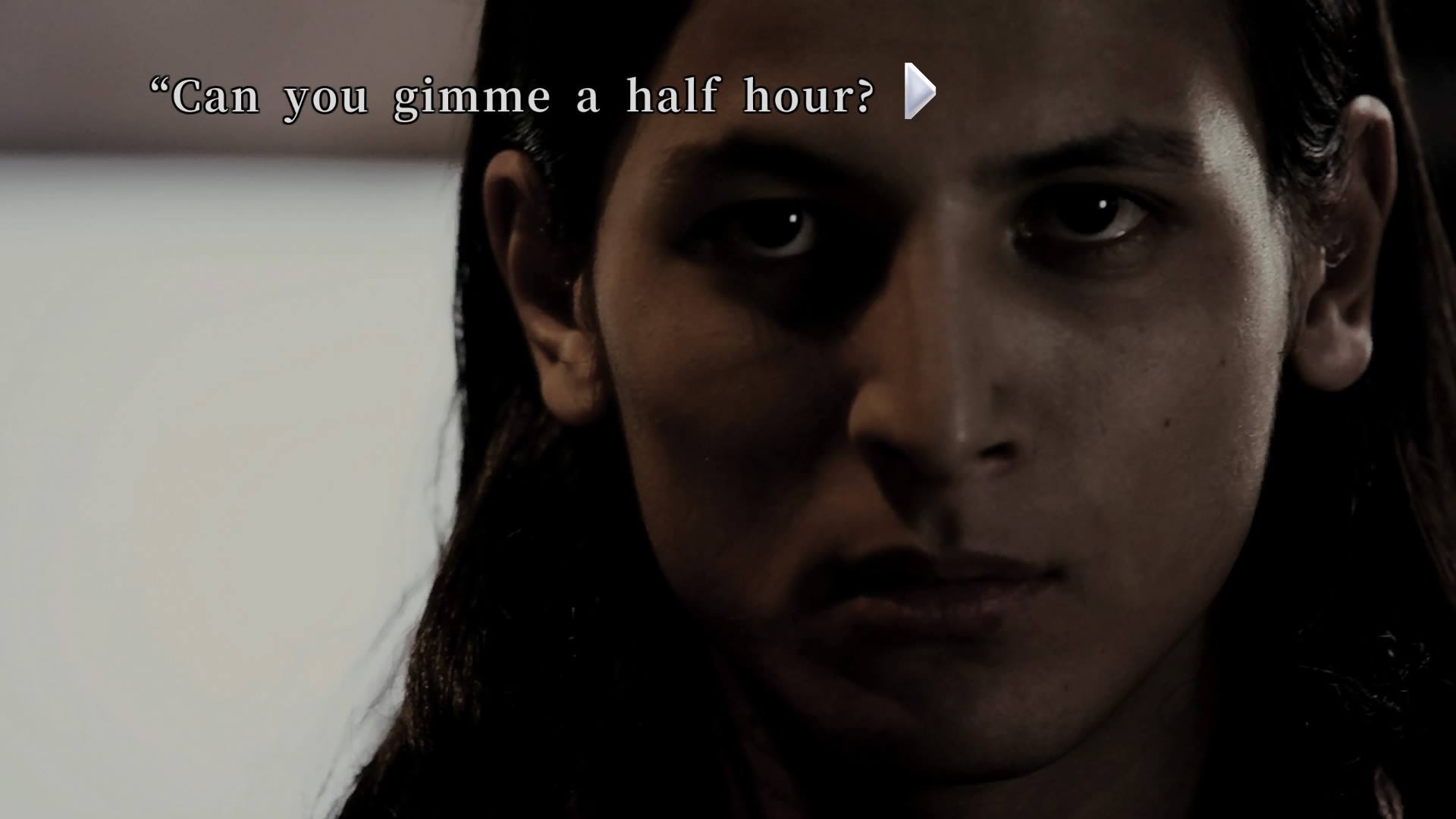
The characters complement each other so well. Achi Endo is the not-so-smart former gang leader with a heart of gold who loves recycling and is always going out of his way to help others and clean up the streets of Shibuya. Shinya Kano is the naive, hot-headed, inexperienced detective who acts first and thinks later. He idealizes his mentor, Detective Tateno, to a fault, and carries a journal with him with words of wisdom from his idol which he coins ‘Dick Dictums’. Kenji Osawa is the genius virologist who is consumed by his work and doesn’t understand basic human interaction.
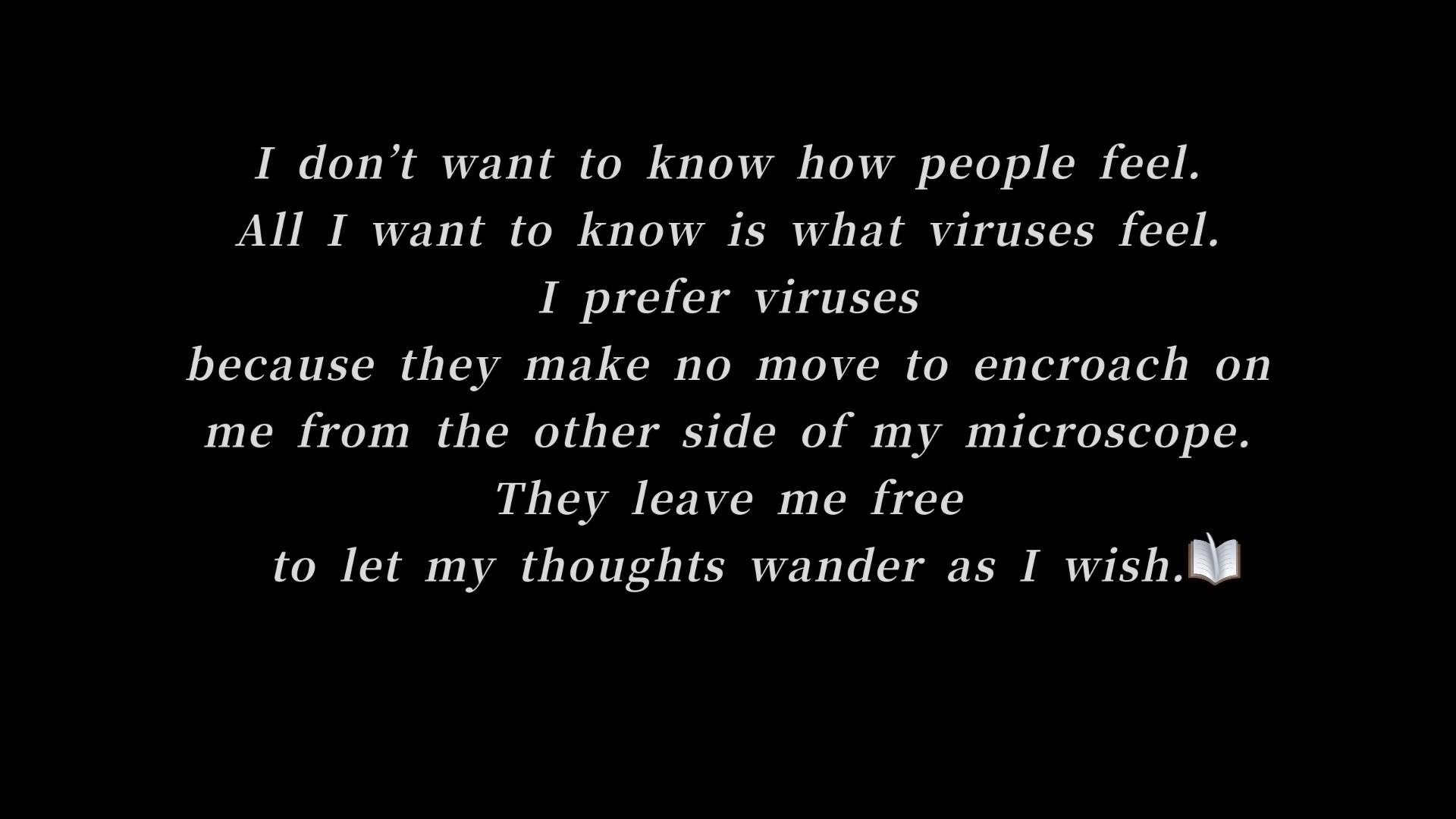
Minoru Minorikawa, probably the most absurd but hilarious characters, is a hard-hitting journalist always in pursuit of a story and the truth. He’s arrogant and in-your-face, but deep down he’s a truly compassionate person and part of his persona may be an act simply to get results. The final character you assume is Tama, the mascot of the series. Tama wears a catsuit for her temp-job in order to make enough money to purchase a necklace. She has no memory of who she is up until a few hours prior to the start of the game, and her story is one of the more interesting ones as the game goes on. There’s a great deal of character development for all five protagonists, and by the end of the game, it actually becomes hard to say goodbye after such an exquisite, exciting, and emotional adventure.
Writing, Music, and Visuals
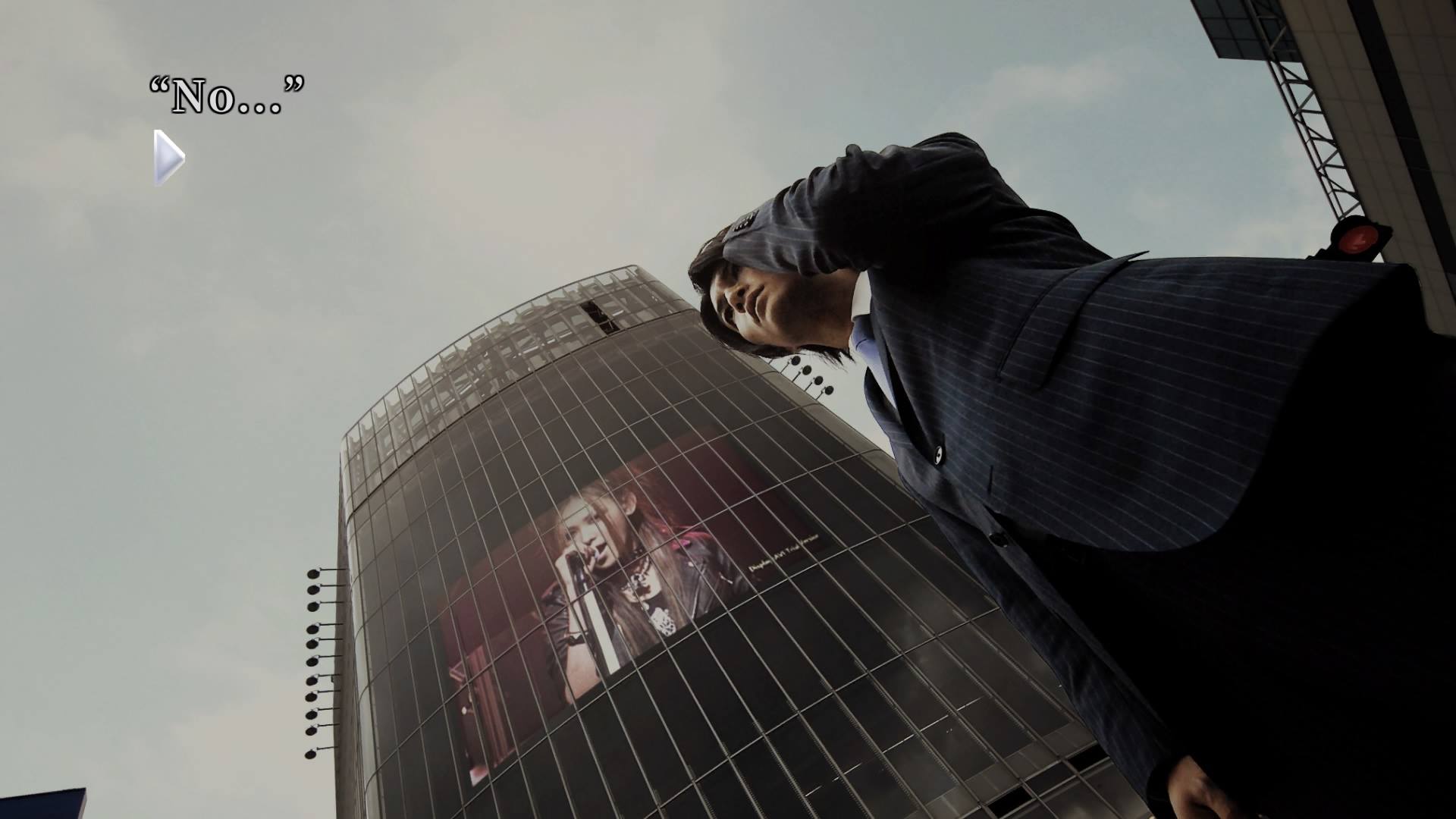
The music in the game is suspenseful, solemn, and upbeat, which is an interesting combination, to say the least. The music is very important in this game because there is no voice acting (which is okay!). It doesn’t tell the player how to feel, but accentuates what they’re already feeling. The score was written by Sakamoto Hideki (Super Smash Bros. Wii U and Ultimate) and Japanese Academy Prize winner Sato Naoki, who wrote the music for Eureka Seven. This influence is prevalent, as some the of the cues very similar to her Eureka Seven, score, which is not a bad thing. In fact, it produced her best piece in the game, which is very similar to the cue “To Make a Pathetic Decision” in Eureka Seven. That title actually fits the scene(s) and character it focuses on perfectly. Achi’s upbeat theme just works, and the suspenseful moments of the score will leave you on the edge of your seat.

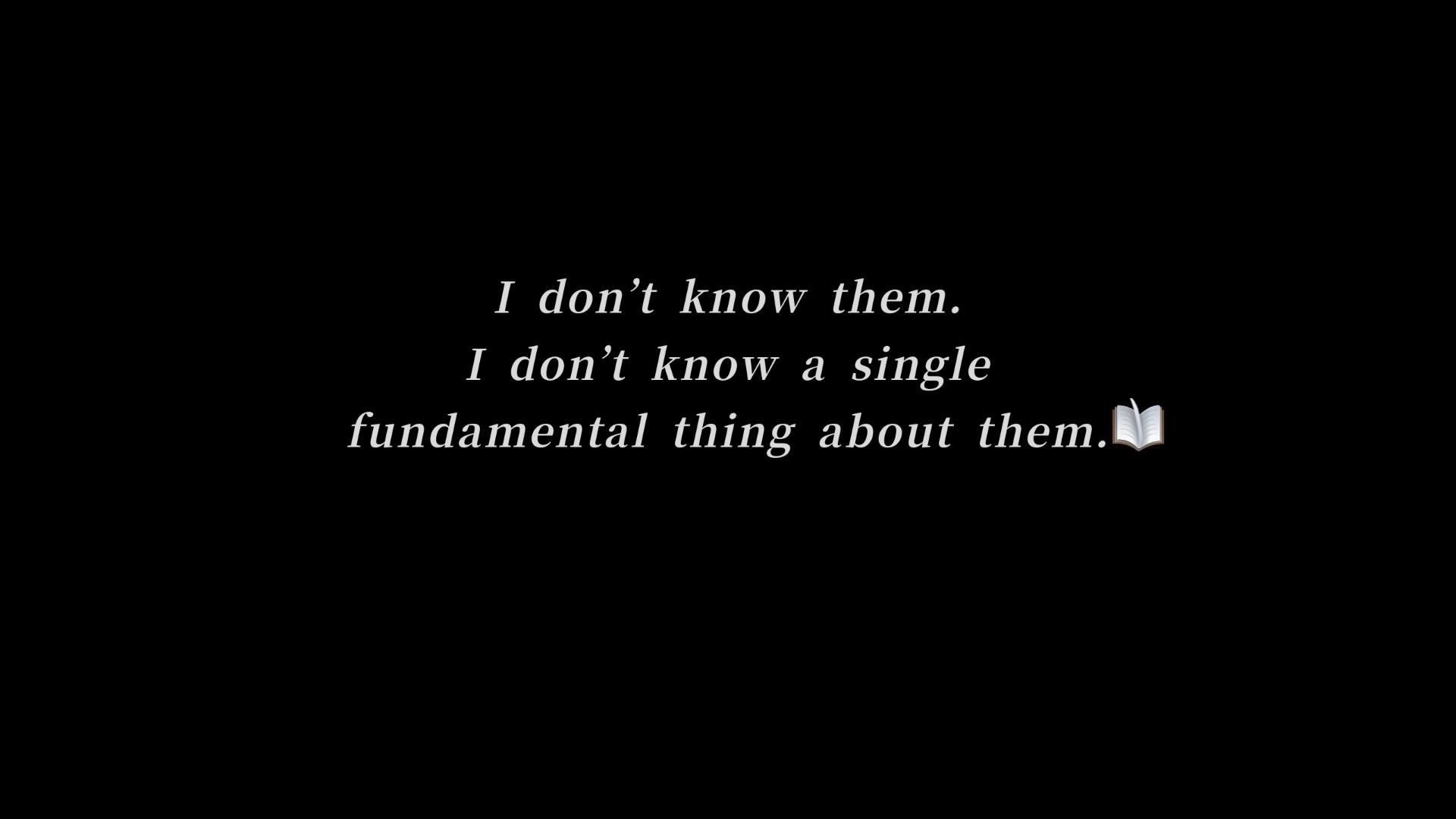
The writing is excellent, which is a testament to both the original writers and the localization team at Spike Chunsoft. The monologues are some of the best pieces of writing I’ve ever seen. It delves so deeply into each character, one in particular, and it brought tears to my eyes not out of sadness or joy, but simple catharsis, which is an emotional release as defined by Aristotle (yes, I am referencing Aristotle in a video game review.) That is a sign of superb writing.
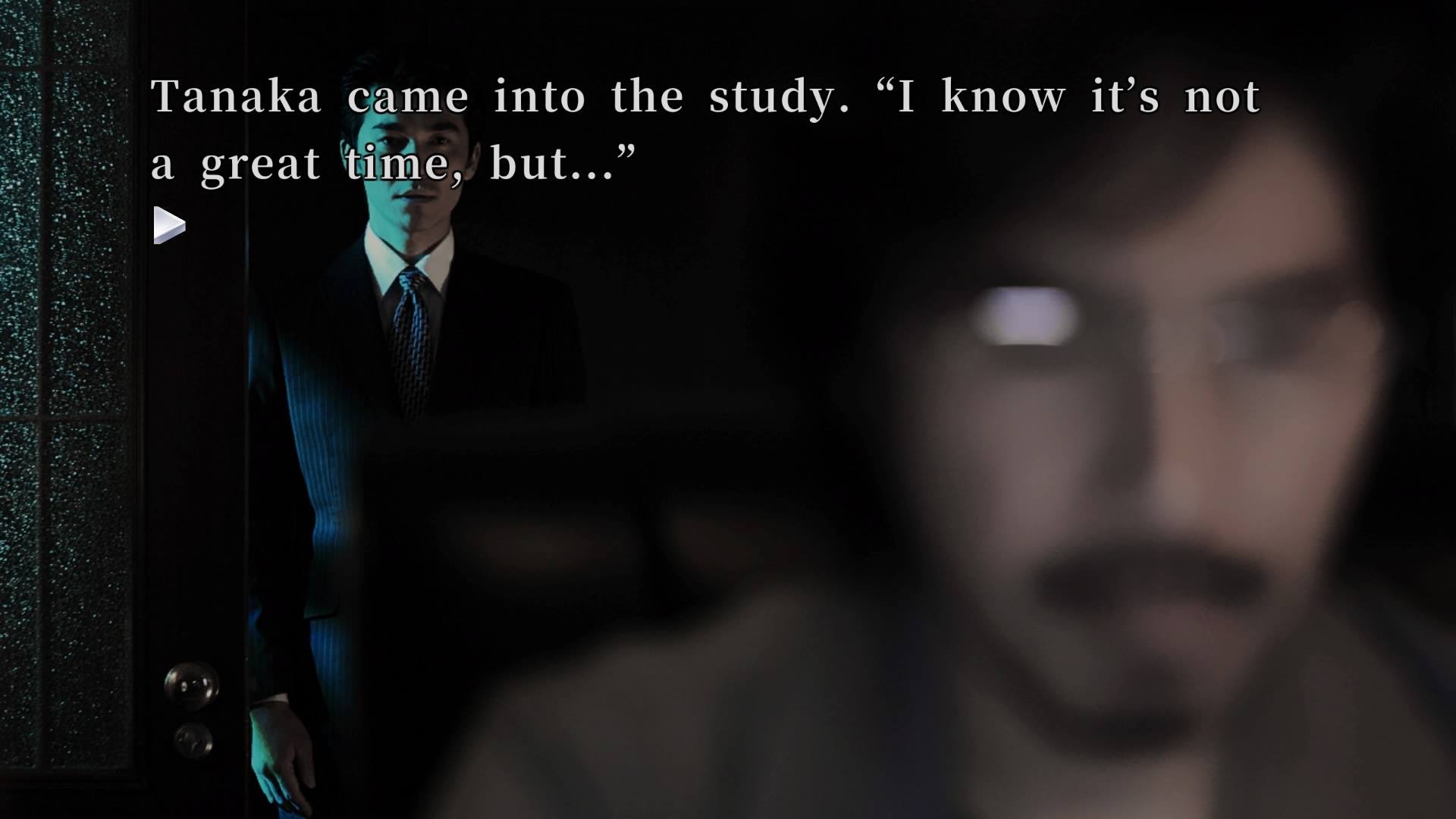
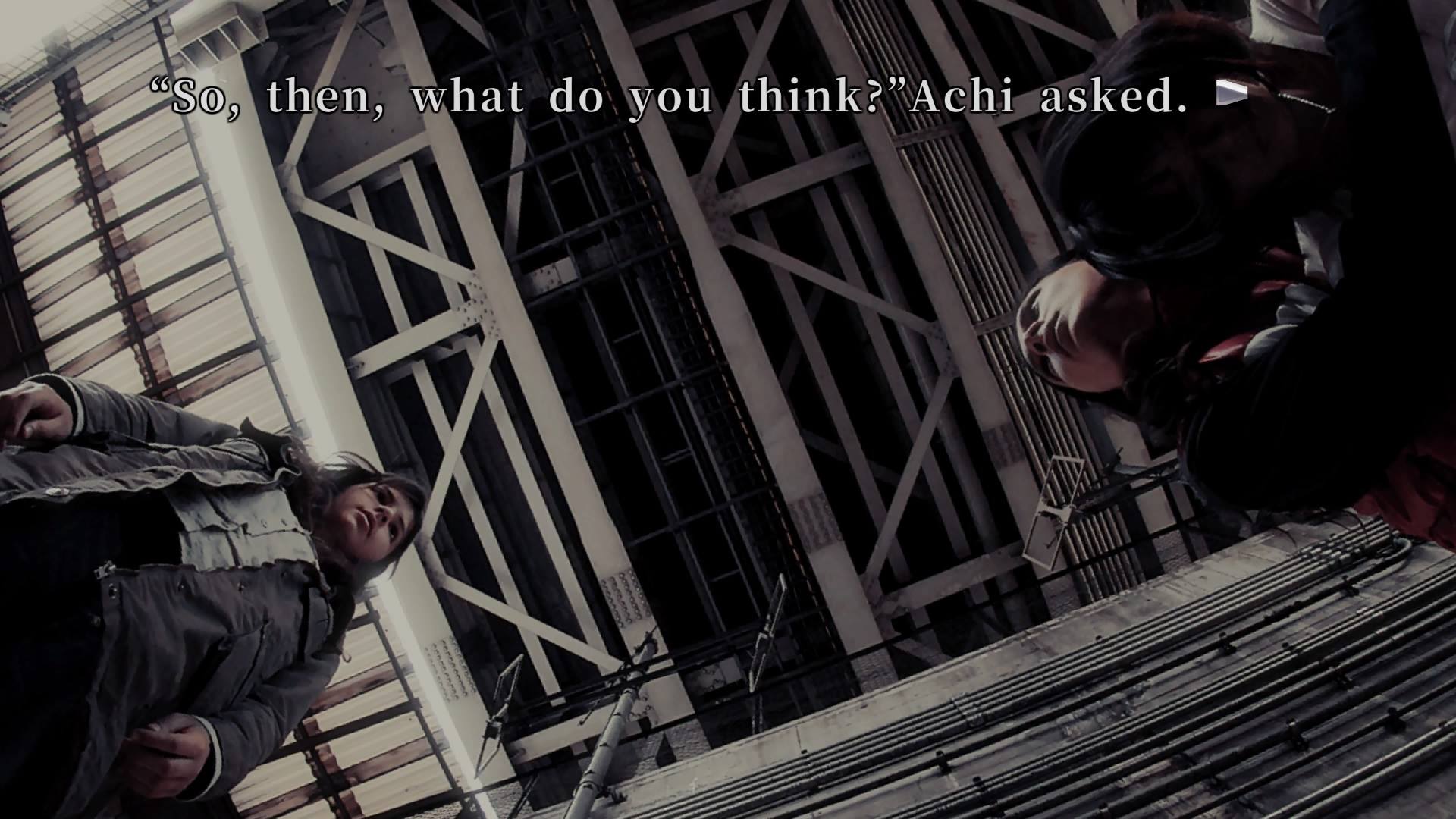
One more thing to point out is the visuals in the novel. Even though the shots are still frames, it utilizes film techniques such as depth of field, various camera angles, and framing that simply would not work if this were a film. They’re extraordinary and is one more reason why this was voted the second best adventure game of all time by Famitsu readers, right behind Steins;Gate, another Spike Chunsoft property.
One of the Best Visual Novels of All Time
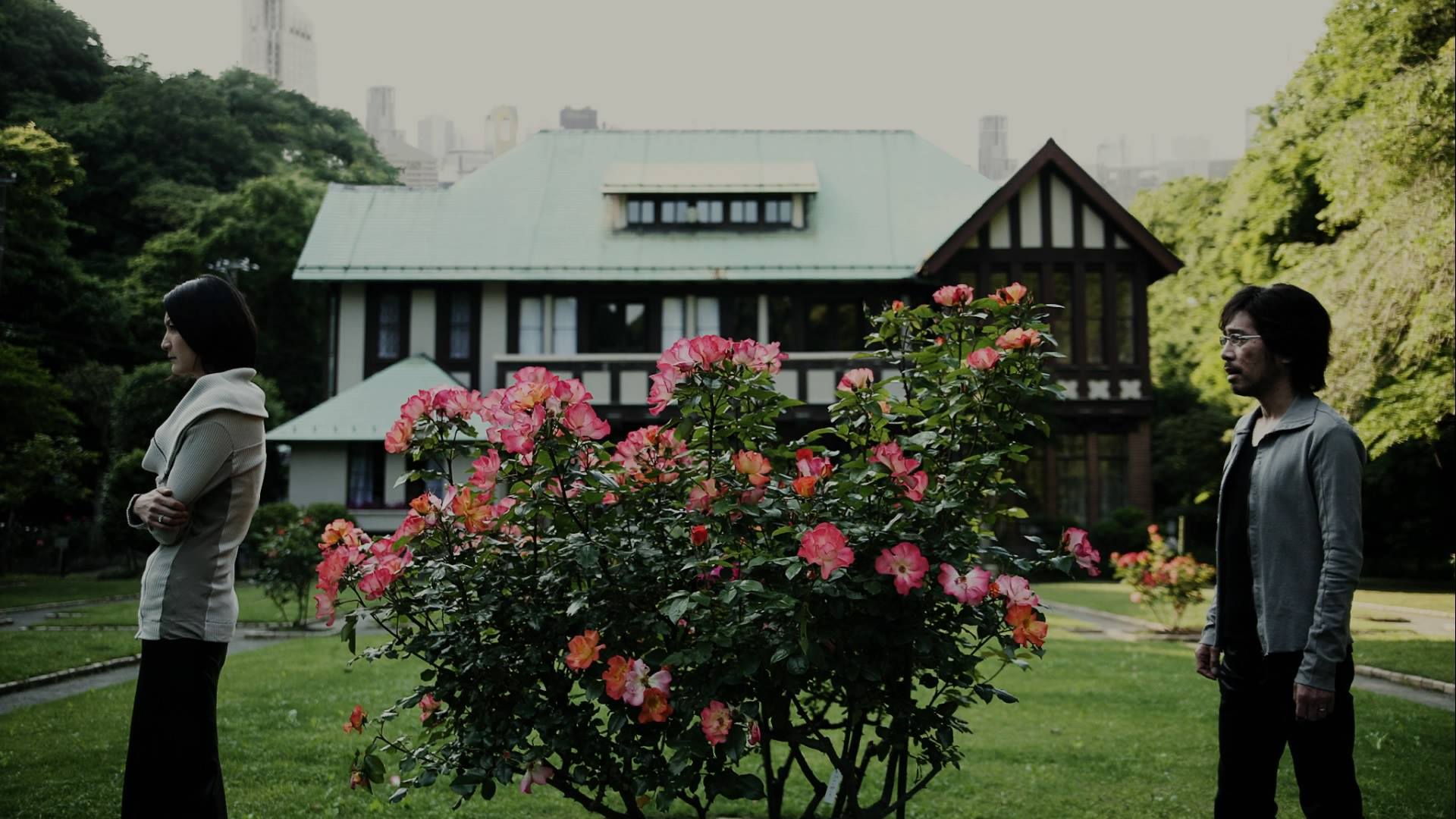
428: Shibuya Scramble may be a niche Japanese game, but it’s one of the greatest stories ever told in video game format. It’s a true work of art, from the story, the music, writing, visuals, and characters. My 60-hour playthrough doesn’t feel like it was enough. I still want more. It’s an exquisite game that will leave you in tears, tugging at your heartstrings, but not without its’ moments of levity. The presentation is excellent with its’ time chart and overall organization. The gameplay is innovative and unique for the genre, even to this day. There is a reason why Famitsu readers ranked it second only behind Steins;Gate in the adventure game genre.
428: Shibuya Scramble may be nine years old, but it still far surpasses the majority of adventure/visual novels being released today. It’s one of a kind. It’s the perfect example of how cause and effect works. The seemingly most insignificant event, the most “irrelevant choice,” can ultimately change the course of history. That’s the message of 428, which is a message of hope. Anybody has the power to change the world, and Achi, Kano, Osawa, Minorikawa, and Tama are all proof of this.
- The characters, first and foremost. Kenji Osawa stands out the most in terms of development but all the protagonists are excellent
- Excellent presentation. The time chart is perfect
- The writing, visuals, and music, especially Sato Naoki's pieces
- I didn't want it to end. I want more!!!!
